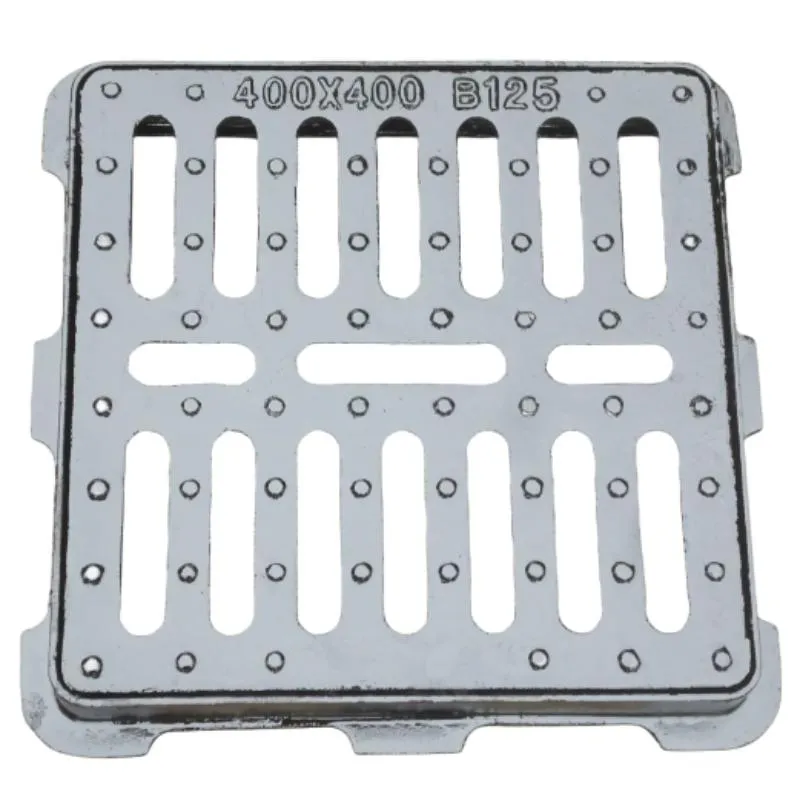Safety Guidelines for Compressed Air Relief Valves in Industrial Applications
Compressed Air Safety Relief Valve Essential for Safe Operations
Compressed air is a vital resource in various industries, serving as a power source for numerous tools and processes. However, with the efficiency of compressed air systems comes the inherent risk of pressure-related hazards. One critical component in ensuring the safety of these systems is the compressed air safety relief valve. This article delves into the purpose, importance, functionality, and maintenance of safety relief valves in compressed air systems.
Purpose of Safety Relief Valves
Safety relief valves play a crucial role in protecting compressed air systems from overpressure scenarios. If the pressure exceeds the designated threshold, these valves automatically open to release excess air, thereby preventing potential disasters such as equipment failure or explosions. They are designed to maintain pressure within safe limits, ensuring that both personnel and machinery are safeguarded from the dangers associated with high-pressure systems.
Importance of Safety Relief Valves
The importance of safety relief valves cannot be overstated. Compressed air systems operate under high pressure, and a sudden malfunction could lead to catastrophic events. Incidents may include flying debris from malfunctioning equipment or even injury to personnel working nearby. The implementation of safety relief valves is a legal requirement in many jurisdictions, with strict regulations governing their design and operation. This regulatory oversight underscores the critical nature of their function within compressed air systems.
How Safety Relief Valves Work
compressed air safety relief valve

A compressed air safety relief valve operates using simple mechanical principles. The valve is set to a predetermined pressure level. When the system pressure reaches this threshold, the valve's mechanism is triggered, allowing air to escape. Typically, relief valves are spring-loaded devices. The tension of the spring determines the pressure at which the valve will open. Once the pressure drops to a safe level, the spring forces the valve back into the closed position, thus resuming normal operations.
There are various types of safety relief valves, including direct-acting, pilot-operated, and balanced-bellows types. Each type has advantages depending on the specific application and requirements of the compressed air system. Understanding these differences is key to choosing the right valve for a particular setup.
Maintenance of Safety Relief Valves
Regular maintenance of safety relief valves is essential for ensuring their functionality and reliability. They must be inspected frequently to check for wear and tear, proper spring tension, and any obstructions that could cause them to malfunction. Many experts recommend conducting routine testing at least once a year, as well as after any significant changes to the system.
Additionally, technicians should ensure that safety relief valves are appropriately sized for the application, as an undersized valve may open prematurely or not provide adequate protection. Conversely, an oversized valve could lead to inefficient operation. Therefore, selecting, installing, and maintaining the correct type and size of safety relief valve is paramount.
Conclusion
In conclusion, the compressed air safety relief valve is an indispensable component of any compressed air system. By providing a reliable means of pressure regulation and safety, these valves protect both personnel and equipment from the hazards associated with overpressure. Understanding their purpose, proper function, and maintenance is crucial for anyone involved in the operation or management of systems utilizing compressed air. Prioritizing the integration and upkeep of safety relief valves ensures a safer working environment while enhancing the operational efficiency of compressed air systems.
-
The Essential Component for Safe Urban InfrastructureNewsMay.14,2025
-
The Backbone of Urban InfrastructureNewsMay.14,2025
-
Practical and Stylish Solutions for Your Drainage NeedsNewsMay.14,2025
-
Lamphole Frame and Cover: Essential for Urban InfrastructureNewsMay.14,2025
-
A Seamless and Aesthetic SolutionNewsMay.14,2025
-
A Must-Have for Safety and DurabilityNewsMay.14,2025
-
Pipe Repair Clamps: Your Ultimate Solution for Efficient RepairsNewsMay.09,2025
